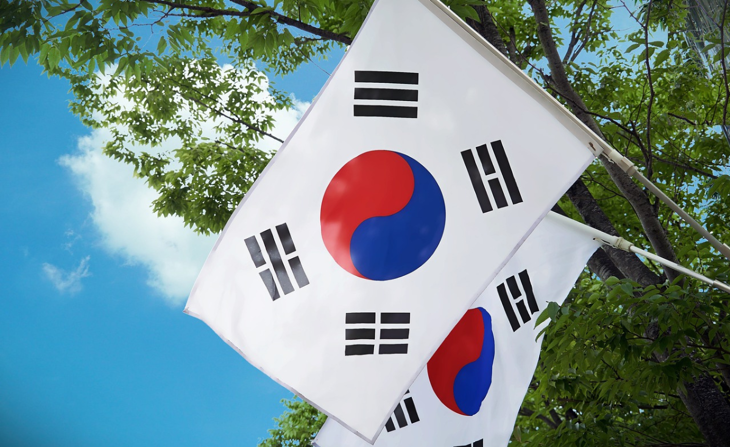 @Pixabay.
@Pixabay.
The introduction of the new International Financial Reporting Standard 17 (IFRS 17) from 1 January 2023 in South Korea has changed how local insurers, especially those on the life side, are managing their financial assets.
However, there are lingering concerns that some insurers have erred in their reporting of results.
Due to the new rules and macroeconomic conditions, Korean insurers are increasingly looking to invest in private equity and debt, rather than equities.
South Korea’s three biggest life insurers – Samsung Life Insurance, Hanwha Life Insurance Co., and Kyobo Life – have altered strategies to enhance asset management profitability. In contrast, international insurers allocated more than half of their investments to safer assets.
The Korean Insurance Capital Standards (K-ICS) rules also came into effect on 1 January this year. This system is similar to those that were launched in other east Asian countries, such as Taiwan and Japan. New solvency regimes have also been proposed in the wider Asian region.
According to local media, for the first half of 2023, the net profit of the domestic top three life insurers amounted to 3.8 trillion won ($2.84 billion) – showing an increase of 1.6 trillion won, or 75%, when compared to the same period the previous year.
The Korea Times also quoted an analysis conducted by Maeil Business Newspaper, which used monthly statistics from the Korea Life Insurance Association and said that as of the end of June 2023, amongst domestic insurers, KB Life Insurance Co. had the highest proportion of safe assets – the sum of cash, deposits, and investments in government bonds within the total assets held by insurers.
In 2022, the spectre of IFRS 17 saw a rash of M&A and capital raising throughout the country’s small to medium-sized sector.
However, these results under the new IFRS 17 regime have revealed concerns over unusually robust finances, Korean insurers reported.
“Concerns remain[ed] over whether the earnings growth was
driven by business fundamentals."
In August, H1 2023 earnings from insurers were on par with those of major commercial banks, said The Korea Times. “Concerns remain[ed] over whether the earnings growth was driven by business fundamentals, as some insurers may have exaggerated their profits by making use of a legal blind spot in interpreting their earnings based on the [IFRS 17],” it continued.
It added that under the new accounting principle, South Korea’s major life and non-life insurers generated a net profit of around 8 trillion won ($5.97 billion) between January and June 2023. “This [was] on par with the combined total for commercial banks during the same period here,” it said.
The report added that, according to data from South Korea's integrated financial regulator, the Financial Supervisory Service (FSS), the nation's non-life insurers chalked up a combined net profit of around 4.6 trillion won ($3.5 billion).
In addition, “life insurers also reached 3.4 trillion won ($2.6 billion) in the first half.”
These numbers, it said, were nearly as much as the five major banks in the country – with resulting accusations that there were mistakes or ‘blind spots’ in IFRS 17 calculations.
Market watchers have also said that the adoption of K-ICS affected South Korean insurers’ solvency strength to varying degrees depending on their capital structure and risk profile.
“Many insurers are still in the process of fully adopting the framework.”
Others have argued that some insurers will need more time as markets adjust – which could spawn longer term changes. “Many insurers are still in the process of fully adopting the framework,” said Fitch.
K-CIS has replaced the risk-based capital (RBC) regime in Korea. The new capital regime sees insurance companies required to measure their assets and liabilities at market value and use a full fair-value balance sheet to calculate required capital.
The Korean authorities have subsequently allowed more time and offered a temporary relaxation whilst insurers get used to the new system.
At the end of the first quarter of 2023, the K-ICS ratio increased by 13.1ppt to 219% compared to the RBC ratio three months earlier.
There was yet another area of change for the insurance investment arena, reported Fitch Ratings. In June it said that the South Korean money market fund (MMF) assets under management (AUM) stood at 172.7 trillion won ($130.2 billion) at the end of May 2023 – an increase of 22% since the end of September 2022.
“The increase was driven by institutional investors pivoting assets
towards high-quality investments, such as MMFs.”
Market volatility was thought to be a main reason for the change in asset placement. “The increase was driven by institutional investors pivoting assets towards high-quality investments, such as MMFs,” said Fitch. “Rising interest rates also contributed to the increase.”
South Korean MMFs represent approximately 19% of the country’s collective investment scheme AUM – a level similar to those in the Asia-Pacific and US regions, where MMFs constituted 23% and 16%, respectively, of total AUM, according to ICI data.
“However, Korean MMF flows are more volatile than global MMFs and other Korean fund types, highlighting the importance of prudent liquidity management for asset managers,” Fitch said.
Korean MMFs are defined as collective investment schemes that invest collective investment property in short-term financial instruments specified by presidential decree. Eligible investments are similar to EU assets, however, have no specified weighted-average maturity or life limits.
The overarching market impact will likely be that these changes reverberate for some time – in local portfolios, and even beyond.